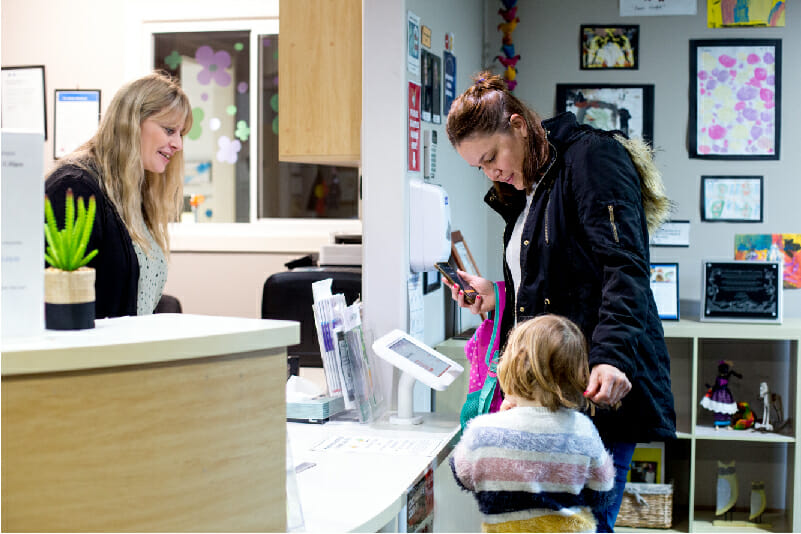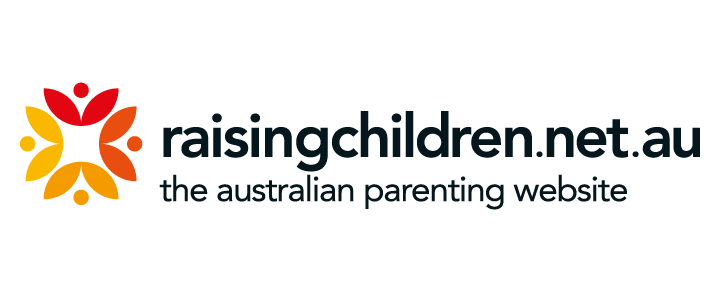
Is teaching your child about stranger danger effective?
“Stop telling your kids not to talk to strangers. They might need to talk to a stranger one day. Instead, teach them which sorts of strangers are safe. You know who’s safe? A mum with kids. Full stop. Your kid gets separated from you at the shops? Tell her to flag down the first mum with kids she sees.” – Pattie Fitzgerald, founder of safelyeverafter.com
So what is stranger danger in today’s world? Teaching our children about ‘Stranger Danger’ seemed like a good idea. And it probably helped a lot of young children about how to stay safe and keep their eyes open. To observe situations with a critical view as opposed to just accepting that you can trust everyone.
However, studies show that most crimes against children are committed by people they know… family members, close friends, people that our children already trust.
That’s where consent comes into play. And the new terminology about keeping safe from ‘tricky people’.
Why tricky people are more dangerous than strangers
Teaching your child about keeping safe from ‘tricky people’ is not just about strangers. And strangers may not be dangerous either. It’s about expanding on the dialogue and having a better understanding of who is a threat to your child. Stranger danger used to be about observing whether someone looked bad or not, now within the digital world it’s about listening to what they say. It’s broader.
So why are tricky people more dangerous than strangers? Let’s define a tricky person.
Pattie Fitzgerald, founder of safelyeverafter.com has described a tricky person as being someone you know or don’t know (either way), but it’s a person who breaks a safety rule or asks your child to do something that makes them feel uncomfortable.
The key thing here is that if your child knows someone who is tricky, and possibly trusts them, then of course, they are much more dangerous to your child than a complete stranger.

Tips for keeping your child safe:
- Never force your child to say goodbye with a kiss or a hug to a relative or friend – allow them to listen to how they feel. Teach them that they are in control of their bodies and who touches them and when. It may conflict with the expectation of manners, but their safety is paramount. Respect their wishes. They can be polite in other ways using their voice.
- Remove personalised items such as bags and badges with your child’s name on. This makes it way too easy for strangers to strike up a connection with your child by using their name, even pretending that their parent sent them to pick them up etc.
- Teach your child to create chaos in a scary situation. For example, if they were to be grabbed by someone in a shop – to pull everything off a shelf. Because let’s face it – how often do kids have tantrums and we nod and smile and move on, knowing what the parent is going through to try and calm them down. How often do you stop and question the situation?
- Help your child to trust their instincts, whether a family member, friend or neighbour makes them feel uncomfortable.
- Make sure your child knows which strangers are relatively safe to go and get help from, for example, a teacher, a police officer, a shopkeeper, pharmacist etc. Teach them to look for a safe building to go into if they can’t find a safe person to approach.
- Don’t have family secrets. That way, if an abuser asks your child to ‘keep a secret’ – you can encourage them to talk to you because your family culture supports openness, communication and no family secrets.
- Role-play and support your child with their instincts, guiding them to listen to how their body feels – whether it’s their hair standing up on the back of their neck or feeling sick in their tummy… these are all clues to feeling uncomfortable.
The best way to keep your child safe is to empower them with confidence and skills so that they can respond to situations as they arise.
St Joseph’s Family Services Programs
There are so many ways that our centres work with the children and their families to ensure their safety, including programs such as the SeeMore Safety Program, Bravehearts and child protection related guidance.
Here are some examples of how we work with children in our care:
- We encourage them to stay close to mum, dad, a carer or grown up when they go to the shops so that they are kept safe.
- We talk about car and pedestrian safety (from the SeeMore Safety Program. Encouraging children to hold their parent’s hands near the street to keep them safe from the road.
- We organize visits from our local Constable Wendy, who talks about ‘safe strangers’ and who to approach if children get lost in the community, such as police, firefighters and other people they can talk to if they don’t feel safe.
- We do a lot of work around child protection. Helping children identify their feelings and listening to what their body is telling them to do. To ‘run and tell’ an adult if something is worrying or scaring them or if something doesn’t feel right.
- Bravehearts is another program that we use with regards to strangers, even though its main focus is based on child abuse/protection.
For more information, please contact us.







Leave A Comment